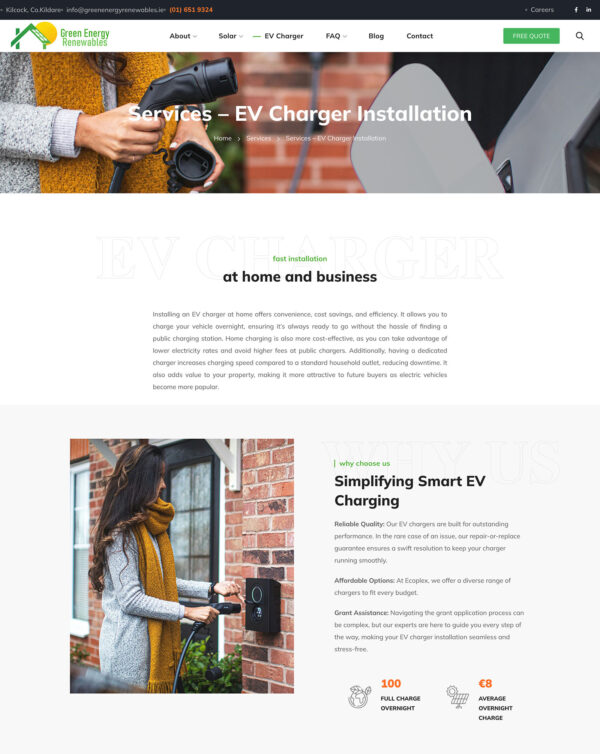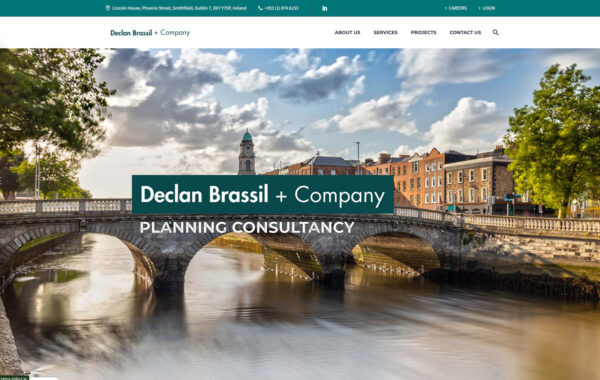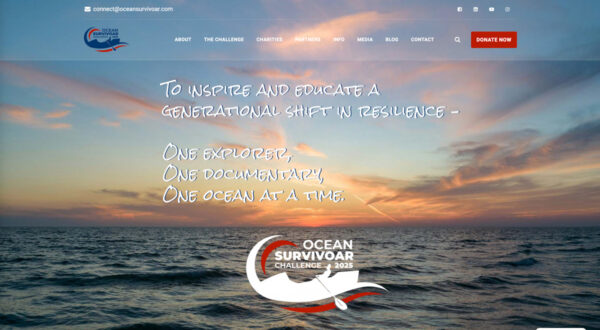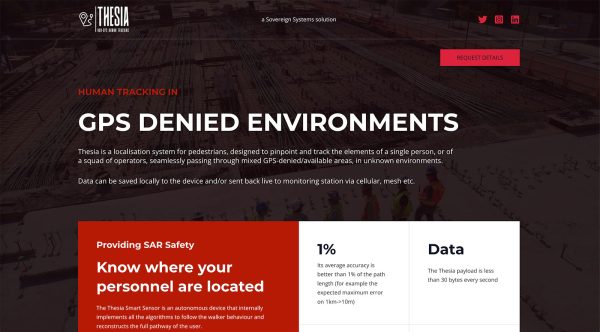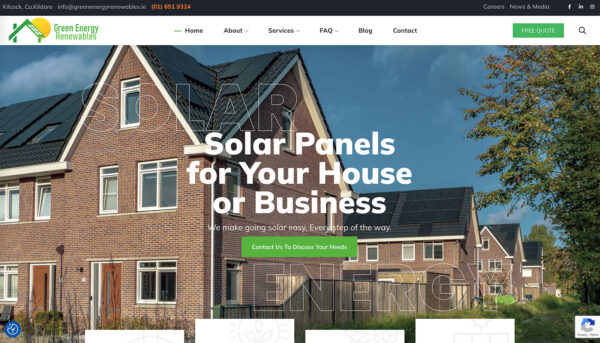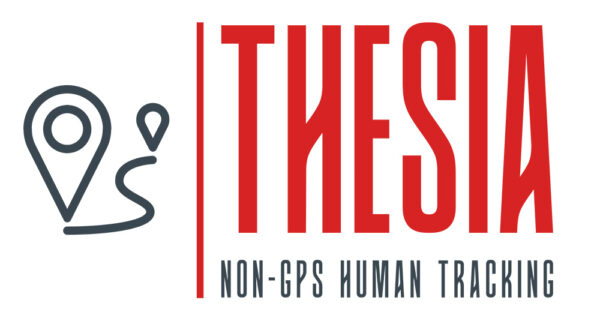Below are five of the most common website mistakes and how to avoid them.
Slow Loading Speeds
In today’s fast-paced digital world, with more and more users viewing view mobile/cellular connections, users expect websites to load instantly. If your website takes too long to load, visitors will likely leave before even exploring your content.
Mistakes: Large images, excessive scripts, and unoptimised code can slow down your site.
How to Avoid: Compress images, enable caching, use a content delivery network (CDN), and reduce unnecessary plugins or scripts.
Poor Mobile Responsiveness
More than half of all web traffic comes from mobile devices. If your website isn’t mobile-friendly, you risk losing a significant portion of your audience. AS mentioned speed plays a large roll for smartphone users.
Mistakes: A non-responsive design can make text unreadable, buttons difficult to click, and layouts messy on smaller screens.
How to Avoid: Use a responsive web design, test your site across different screen sizes, and ensure mobile-friendly navigation.
Weak SEO Optimisation
A beautiful website is useless if no one can find it. SEO (Search Engine Optimisation) is crucial for ensuring your site ranks well on search engines like Google.
Mistakes: Ignoring SEO best practices, such as not using keywords, having missing meta descriptions, or failing to optimise images.
How to Avoid: Conduct keyword research, write compelling meta titles and descriptions, optimise images, and build high-quality backlinks.
Confusing Navigation
Visitors should be able to find what they need quickly and effortlessly. A complex or cluttered navigation menu can frustrate users and drive them away.
Mistakes: Overloading menus with too many options or using unclear labels, having menus spread over two lines.
How to Avoid: Keep menus simple and intuitive, use clear categories, and include a search bar for easy navigation. Where necessary use a burger menu.
Lack of Security Measures
Website security is often overlooked, but a breach can lead to data loss, compromised user information, and loss of trust from existing and potential customers.
Mistakes: Not having SSL encryption, outdated and un-updated software, or weak password policies.
How to Avoid: Install an SSL certificate, regularly update your CMS and plugins, and use strong passwords with two-factor authentication.
By addressing these common website mistakes, you can enhance user experience, improve search rankings, and boost conversions. A well-optimised site not only attracts visitors but also keeps them engaged and coming back for more.
 Read more +
2025-04-14 By Shay in Website, WordPress
Read more +
2025-04-14 By Shay in Website, WordPress  Read more +
2025-04-13 By Shay in Landing page, Maintenance, Management, SEO, Services, Social Media, Website, WordPress
Read more +
2025-04-13 By Shay in Landing page, Maintenance, Management, SEO, Services, Social Media, Website, WordPress  Read more +
2025-04-11 By Shay in Maintenance, Management, SEO, Social Media, Website, Website add-ons, WordPress
Read more +
2025-04-11 By Shay in Maintenance, Management, SEO, Social Media, Website, Website add-ons, WordPress  Read more +
2025-04-10 By Shay in Website, WordPress
Read more +
2025-04-10 By Shay in Website, WordPress  Read more +
2025-04-09 By Shay in Website, WordPress
Read more +
2025-04-09 By Shay in Website, WordPress  Read more +
By Shay in Website, WordPress
Read more +
By Shay in Website, WordPress  Read more +
2025-04-08 By Shay in Website, WordPress
Read more +
2025-04-08 By Shay in Website, WordPress  Read more +
2025-04-05 By Shay in Maintenance, Management, Security, SEO, Services, Social Media, Website, WordPress
Read more +
2025-04-05 By Shay in Maintenance, Management, Security, SEO, Services, Social Media, Website, WordPress  Read more +
2025-04-04 By Shay in Social Media
Read more +
2025-04-04 By Shay in Social Media  Read more +
By Shay in Website, WordPress
Read more +
By Shay in Website, WordPress 









